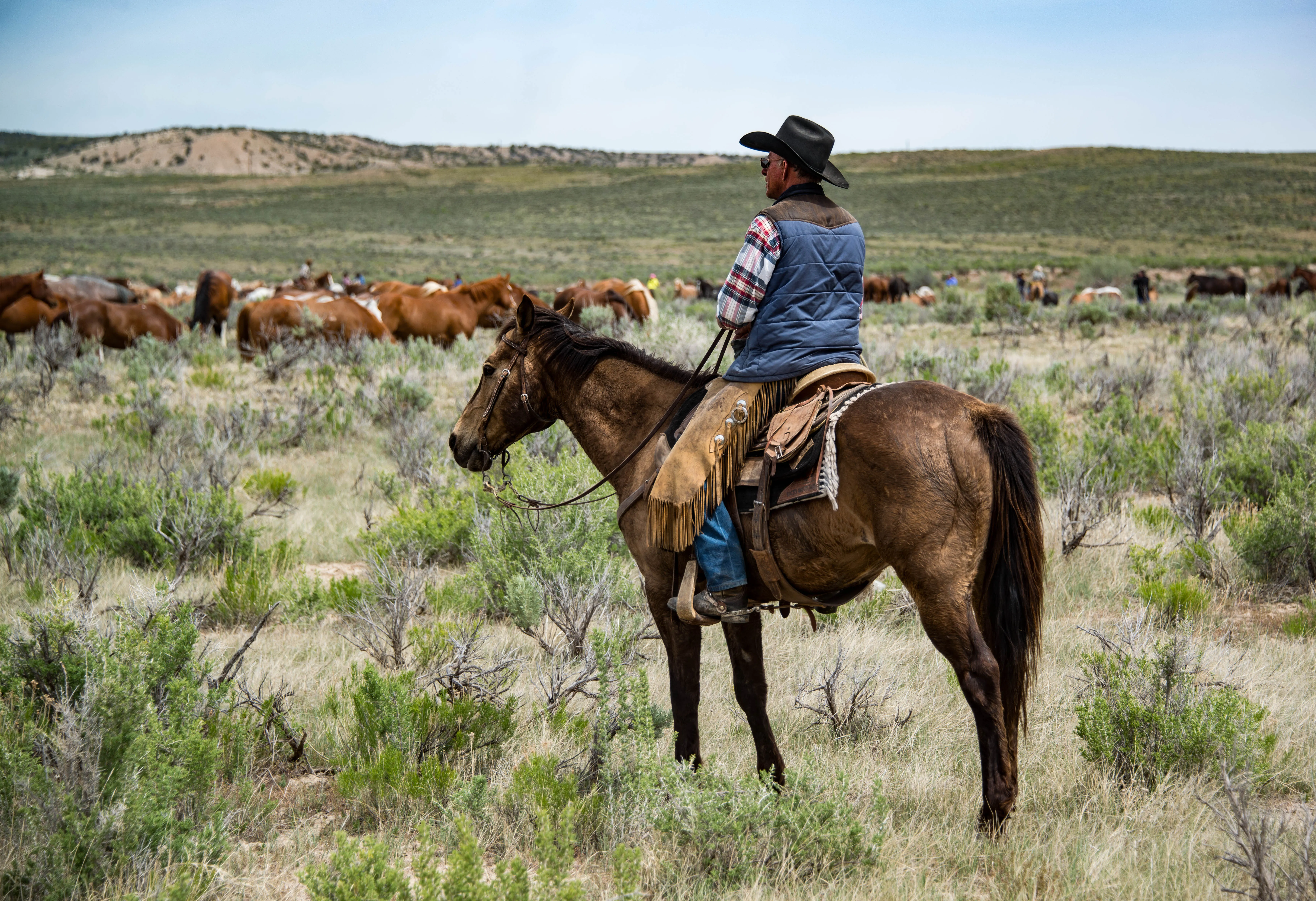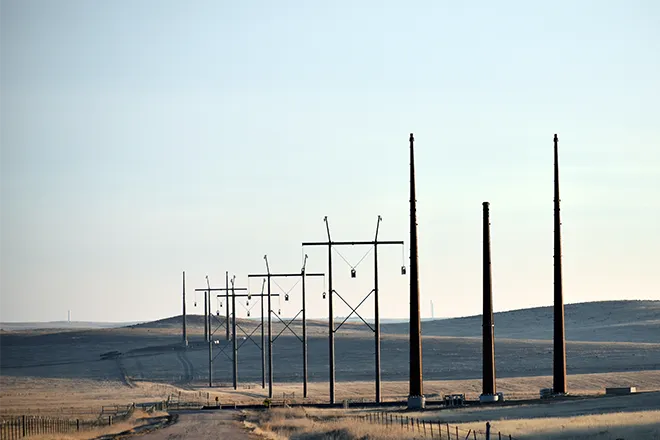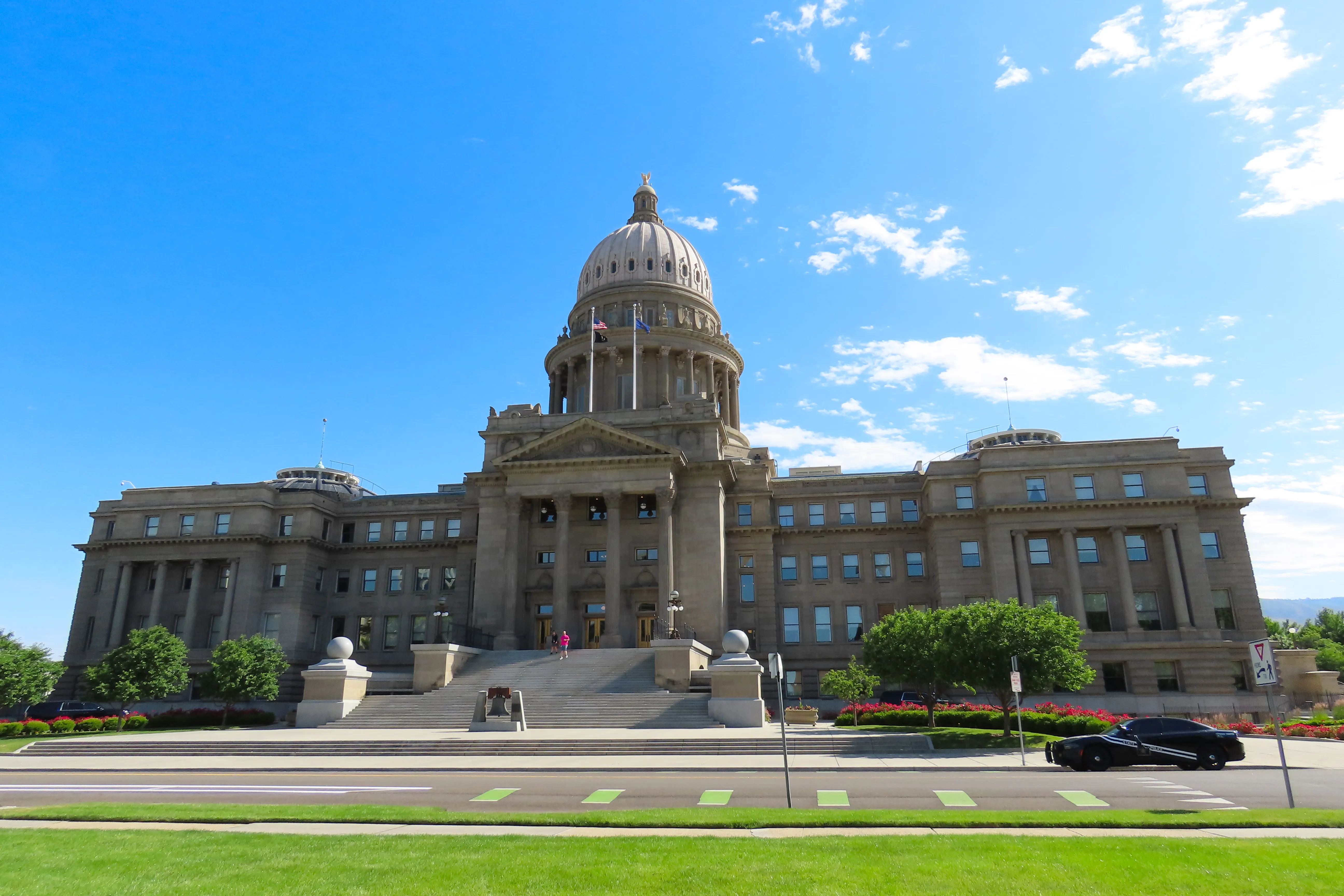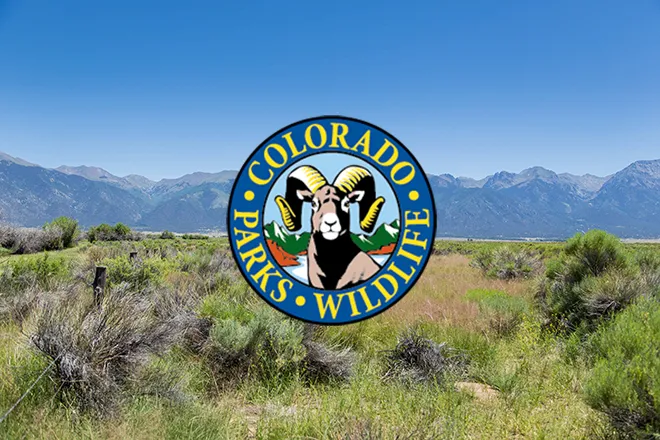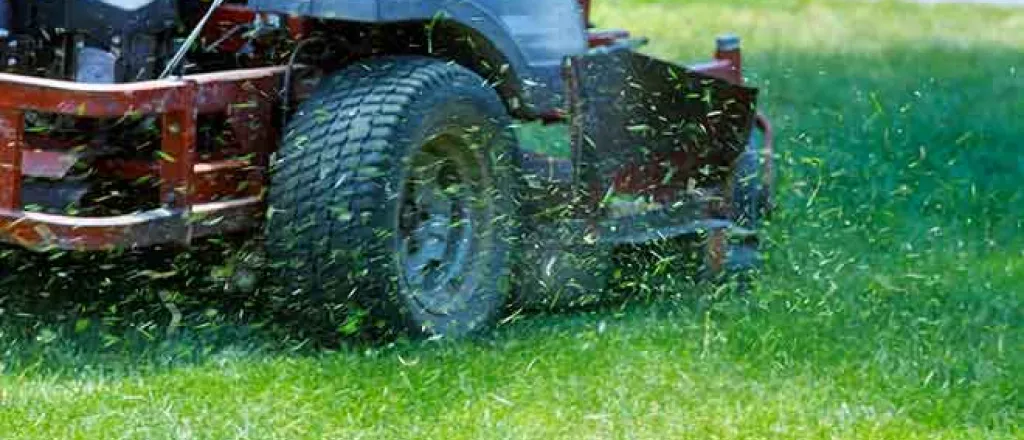
Bill that would cut down on use of Kentucky bluegrass clears Colorado Senate
(The Center Square) – Legislation that would cut down on the use of Kentucky bluegrass and other non-native species in Colorado advanced out of the state Senate Wednesday.
Senate Bill 24-005, which supporters say is aimed at improving water conservation, would prohibit local governments and real estate developers from planting or placing non-functional turf, artificial turf or invasive plant species. The legislation passed out of the Senate 28-5 on Wednesday with bipartisan support.
“By transitioning away from non-native turf grass, the bill encourages developers, city planners, and managers to choose plants that thrive in Colorado’s semi-arid climate, as opposed to non-native, water-intensive plants such as Kentucky bluegrass or invasive species,” according to a media release from Senate Democrats.
If the bill passes in the House and is signed by Governor Jared Polis, it would take effect January 1, 2025.
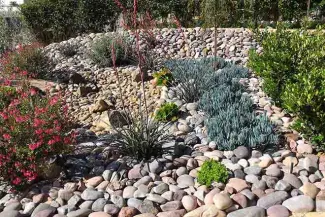
©
“Water supply in the western United States is under increasing pressure due to climate change and increasing demand; many communities in the state overuse non-native grass for landscaping purposes, which requires large amounts of water to maintain,” the bill states.
Parking lots and medians are also addressed in the bill, co-sponsored by Sen. Dylan Roberts, D-Frisco. In addition to saving water, the bill states native grasses and plants would support local bees and birds and reduce reliance on pesticides and gas-powered lawn equipment.
“Protecting our limited and threatened water supply is one of the biggest priorities for the communities I represent on the Western Slope,” Roberts said in a statement. “As we work to conserve our water resources, it’s essential that we make smart decisions now to prevent overuse in the future. This bill would reduce unnecessary landscape water usage and further position Colorado as a leader in effective water management.”
Democrats cited a report published last year by BBC Research and Consulting for the Colorado Water Conservation Board. It highlighted a program to pay for turf removal by the Southern Nevada Water Authority, but determined the water savings in Colorado would be significantly lower than Nevada and the cost much higher.
“This report uses a low-end cost estimate of $5 per square foot to remove turf, but the actual cost could be much higher,” the research stated. “… total costs for replacing 30% of the non-functional turf statewide could be $1.8 to $3.5 billion or more.”
The research found water use by municipalities accounts for 7% of the total water use in Colorado, but 40% of that water is used for outdoor irrigation.
“Outdoor use accounts for approximately 2% of all Colorado water use but it cannot be totally eradicated fully, nor is it irrigating solely non-functional turf,” the research stated.
If the bill becomes law, it wouldn’t apply to projects approved by state or local governments before January 1, 2025. The bill also contains a provision delaying its effect if a referendum petition on the matter is placed on the November ballot.
“The growing focus on landscaping practices in response to climate and water resource challenges underscores the evolving landscape of water resource management,” Nathan Bowen, advocacy and public affairs vice president of the Irrigation Association, said in a statement on the Colorado bill. “It’s a significant development that will force the irrigation industry to monitor for potential impacts, adapt and innovate.”






